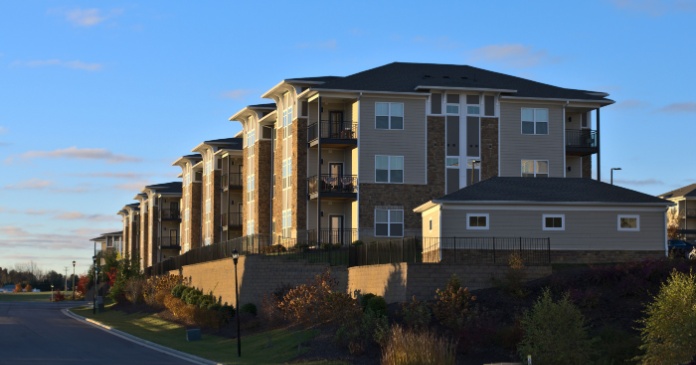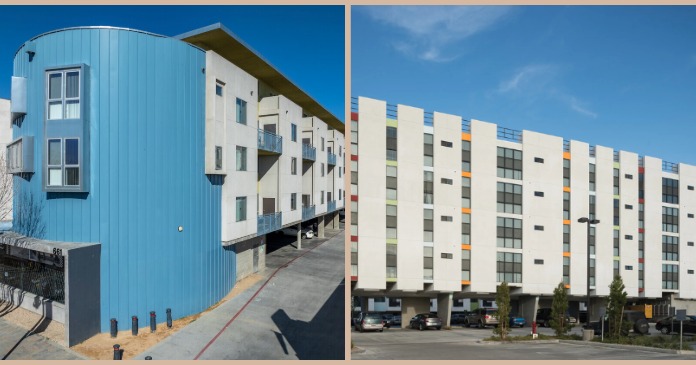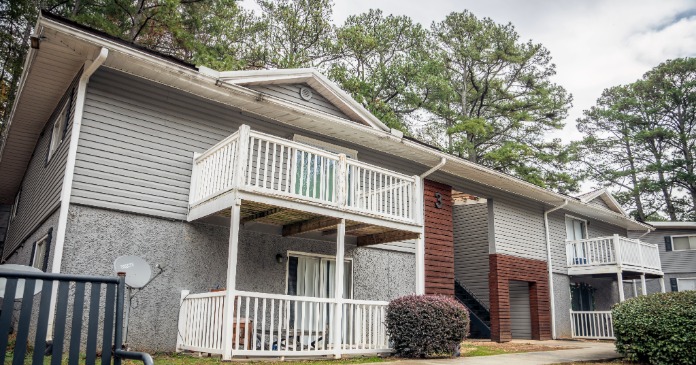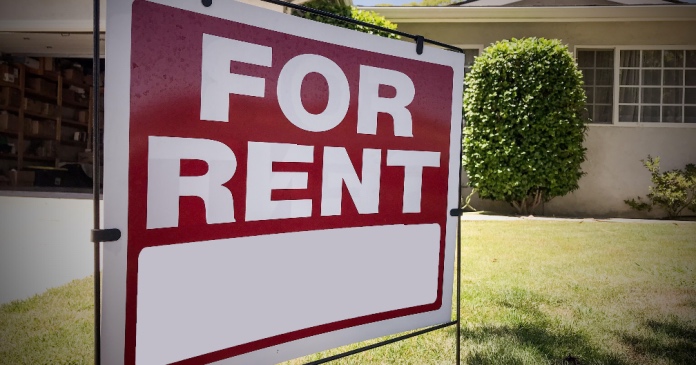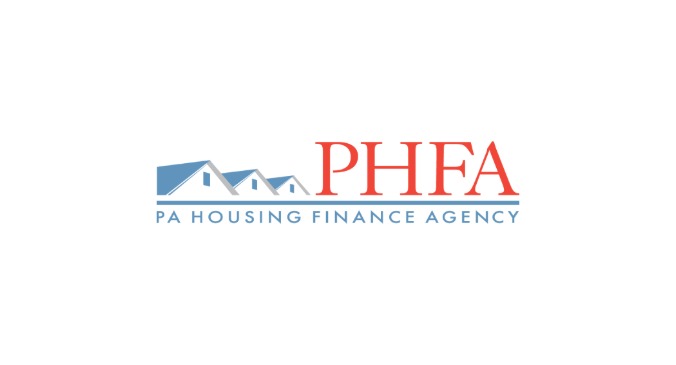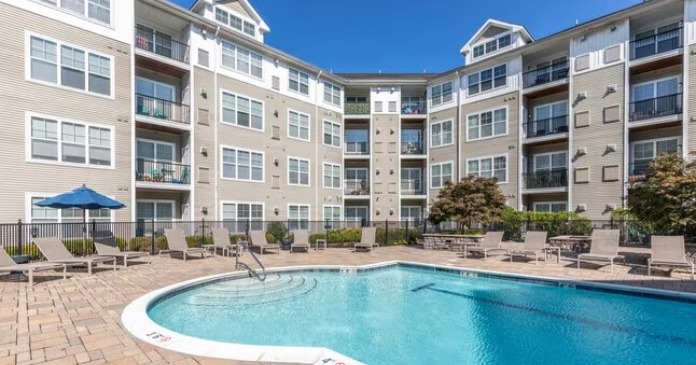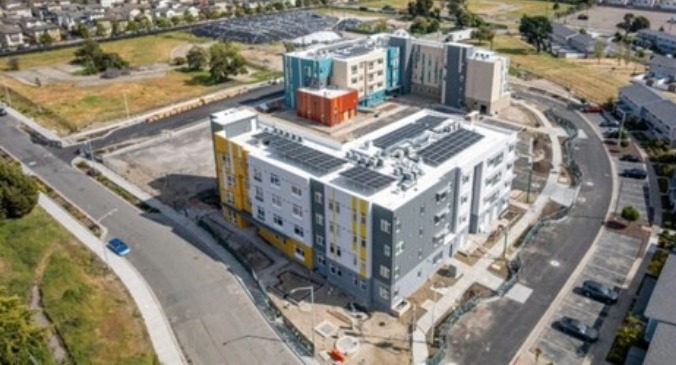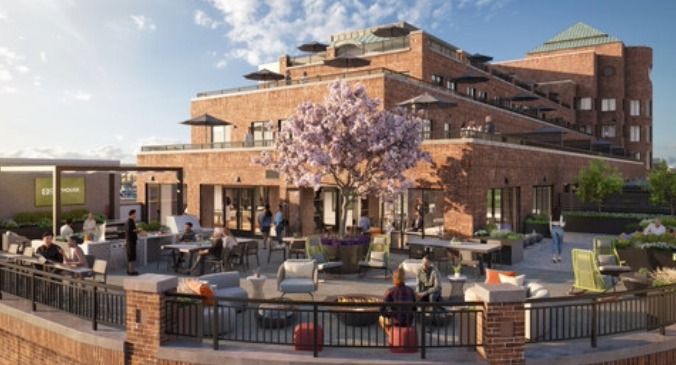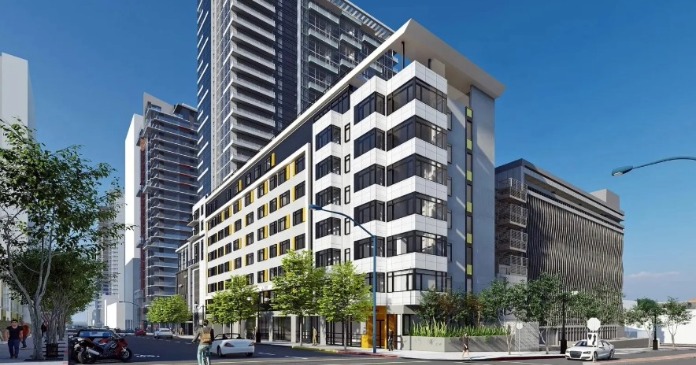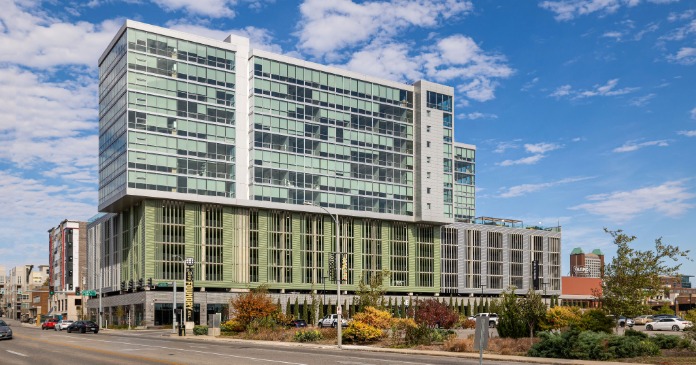Yardi Matrix recently released its Multifamily National Report for Summer 2025. It provides a look at the prospects for the U.S. multifamily housing sector in light of current economic conditions.
Economic context: growth slows, risks rise
The broader U.S. economy is dealing with significant policy shifts, including fluctuating tariffs and changes to immigration. While key indicators such as job growth, inflation, and consumer spending have remained steady, there are clear signs of deceleration. GDP growth forecasts for 2025 have been revised lower with both Fannie Mae and the Federal Reserve predicting growth of 1.4 percent. This is down from GDP growth of 2.5 percent in 2024 reflecting the anticipated drag from trade policy uncertainty and reduced immigration.
The labor market remains tight, with low unemployment (4.2 percent in May 2025) and steady job creation, but both hiring and voluntary quits have declined, signaling a cautious mood among employers and workers. Consumer delinquency rates have risen, especially in student loans, suggesting stress among lower-income households.
Interest rates remain a critical factor for the multifamily sector. The Federal Reserve has maintained a “wait-and-see” approach, keeping the 10-year Treasury yield in the mid-4 percent range. This stance is shaped by the competing forces of weaker economic growth and the risk of higher inflation, particularly as the anticipated but not yet seen effects of new tariffs ripple through the economy.
Supply peak has passed
The multifamily supply pipeline remains elevated by historical standards but is clearly decelerating. After a record 663,000 units were delivered (and 555,000 units were absorbed) in 2024, completions are expected to fall to 536,000 in 2025, still well above the pre-pandemic average of 314,000 units per year. The construction slowdown is driven by high financing costs, rising land and labor expenses, and investor caution in oversupplied markets.
The bulk of new supply continues to be concentrated in the Sun Belt and Mountain West, with metros like Austin, Charlotte, Nashville, and Orlando expanding their inventories by more than 30 percent since 2020. As a result, these markets have experienced sustained negative rent growth, though the pace of new starts has dropped sharply—down nearly 50 percent from recent peaks—setting the stage for a more balanced market in coming years.
Yardi Matrix forecasts that new supply will continue to decline, bottoming out at 350,000 units in 2027 before gradually recovering. Notably, the composition of new deliveries is shifting: market-rate units are expected to fall as a share of new supply, while affordable housing and single-family build-to-rent (BTR) segments gain ground.
Rent are flat nationally but rent growth varies regionally
Nationally, multifamily rent growth remains subdued, with Yardi Matrix reporting that advertised rents are increasing by about 1 percent year-over-year and are forecast to rise by 1.5 percent for all of 2025. The moderation in rent growth follows the explosive gains seen during the post-pandemic recovery (2021–2022), when rents surged by over 21 percent. Since then, growth has slowed sharply, with a combined 1.9 percent increase in 2023 and 2024.
Regional disparities are pronounced. The Northeast and Midwest, where new supply is limited, continue to post positive rent growth, led by New York City (5.7 percent year-over-year), Kansas City (4.0 percent), Philadelphia (3.4 percent), and Columbus (3.3 percent). In contrast, high-supply Sun Belt markets such as Austin (-5.2 percent), Denver (-3.5 percent), Phoenix (-3.4 percent), and Orlando (-1.8 percent) have experienced rent declines as new inventory outpaces demand. Nevertheless, absorption remains strong, particularly in the Sun Belt, suggesting that rents could rebound once the supply wave subsides.
Looking ahead, Yardi Matrix projects national rent growth of 1.5 percent in 2025, 1.1 percent in 2026, and 2.7 percent in 2027, with a return to 3–3.5 percent annual growth by 2028 as supply wanes and markets rebalance. Even the hardest-hit Sun Belt metros are forecast to return to positive rent growth by 2027.
Capital markets have high liquidity but low transaction volume
Despite ample liquidity in the capital markets, multifamily transaction activity remains subdued in 2025. Investors are sitting on significant “dry powder,” but a disconnect between buyer and seller price expectations—driven by high interest rates and uncertainty about future rate cuts—has kept deal flow sluggish. Multifamily mortgage rates are in the 5.5–6 percent range, and risk spreads are tight, making leveraged purchases less attractive.
Nevertheless, debt market activity has rebounded, with commercial mortgage-backed securities (CMBS) issuance and government-sponsored enterprise (GSE) lending both up sharply year-over-year in Q1. Delinquency rates on multifamily loans have risen but remain manageable, and the availability of rescue capital has helped facilitate restructurings outside of public auctions. The multifamily sector’s strong fundamentals and perceived stability continue to make it the most attractive commercial real estate asset class for investors.
Policy and regulatory environment evolving
Policy changes remain a source of uncertainty for the multifamily sector. The expiration of the 2017 tax bill and the change in presidential administration have brought renewed focus to industry tax breaks and funding for affordable housing programs. While recent legislation has preserved many incentives, concerns persist about potential cuts to renter subsidy programs, which could impact lower-income and subsidized households.
Conclusion and outlook
In summary, the U.S. multifamily sector in 2025 is characterized by strong underlying demand, a gradually normalizing supply pipeline, and resilient—if moderate—rent growth. Economic and policy uncertainties remain, particularly regarding interest rates, tariffs, and regulatory changes. However, the multifamily sector’s fundamentals are sound, and the outlook is for continued, steady growth, with the potential for a new phase of rent acceleration as the current supply glut is absorbed and new construction slows further.
The full report from Yardi Matrix is available here.


